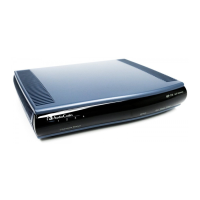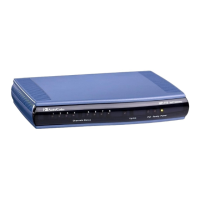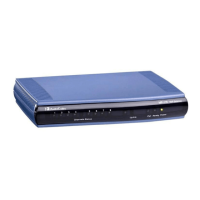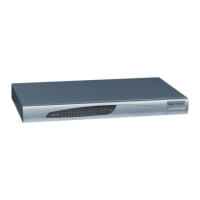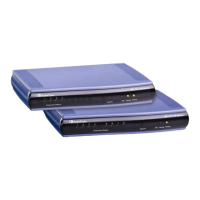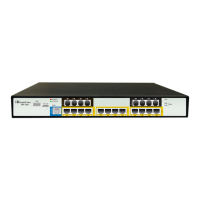42 Dialing Plan Notation for Routing and
Manipulation
The device supports flexible dialing plan notations for denoting the prefix and/or suffix
source and/or destination numbers and SIP URI user names in the routing and
manipulation tables.
Table 42-1: Dialing Plan Notations for Prefixes and Suffixes
Notation Description
x (letter "x") Denotes any single digit.
# (pound symbol)
When used at the end of a prefix, it denotes the end of a number. For
example, 54324xx# represents a 7-digit number that starts with the digits
54324.
When used anywhere in the suffix, it is part of the number. For example,
(3#45) can represent the number string, 123#45.
* (asterisk symbol)
When used in the prefix, it denotes any number.
When used in the suffix, it is part of the number. For example, (3*45) can
represent the number string, 123*45.
$ (dollar sign) Denotes an empty prefix for incoming IP calls that do not have a user part in
the Request-URI, or for incoming Tel calls that do not have a called or
calling number. This is used for the following matching criteria:
Source and Destination Phone Prefix
Source and Destination Username
Source and Destination Calling Name Prefix
Range of Digits
Notes:
Dial plans denoting a prefix that is a range must be enclosed in square brackets, e.g., [4-8] or
23xx[456].
Dial plans denoting a prefix that is not a range is not enclosed, e.g., 12345#.
Dial plans denoting a suffix must be enclosed in parenthesis, e.g., (4) and (4-8).
Dial plans denoting a suffix that include multiple ranges, the range must be enclosed in square
brackets, e.g., (23xx[4,5,6]).
An example for entering a combined prefix and suffix dial plan - assume you want to match a rule
whose destination phone prefix is 4 to 8, and suffix is 234, 235, or 236. The entered value would
be the following: [4-8](23[4,5,6]).
[n-m] or (n-m) Represents a range of numbers, for example:
To depict numbers from 5551200 to 5551300:

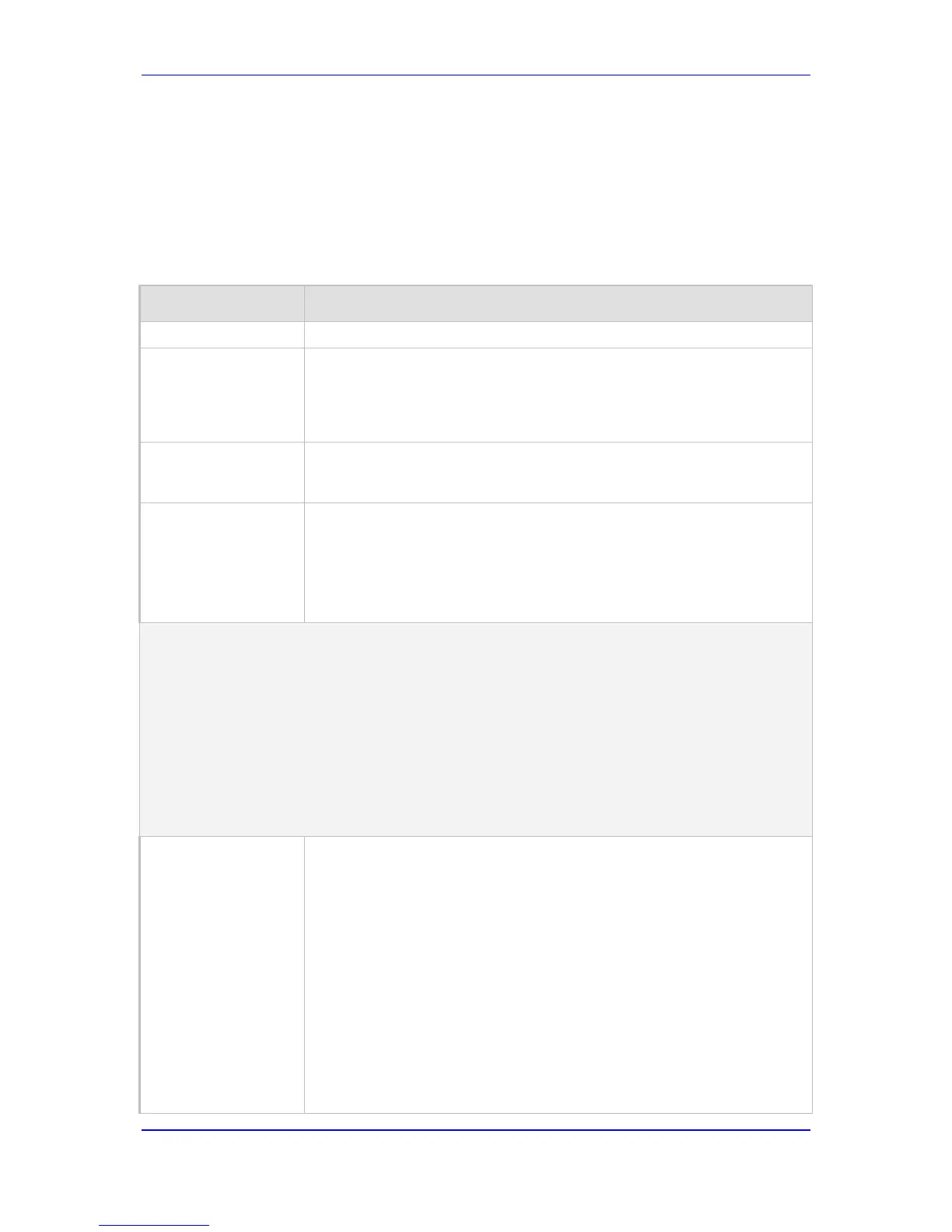